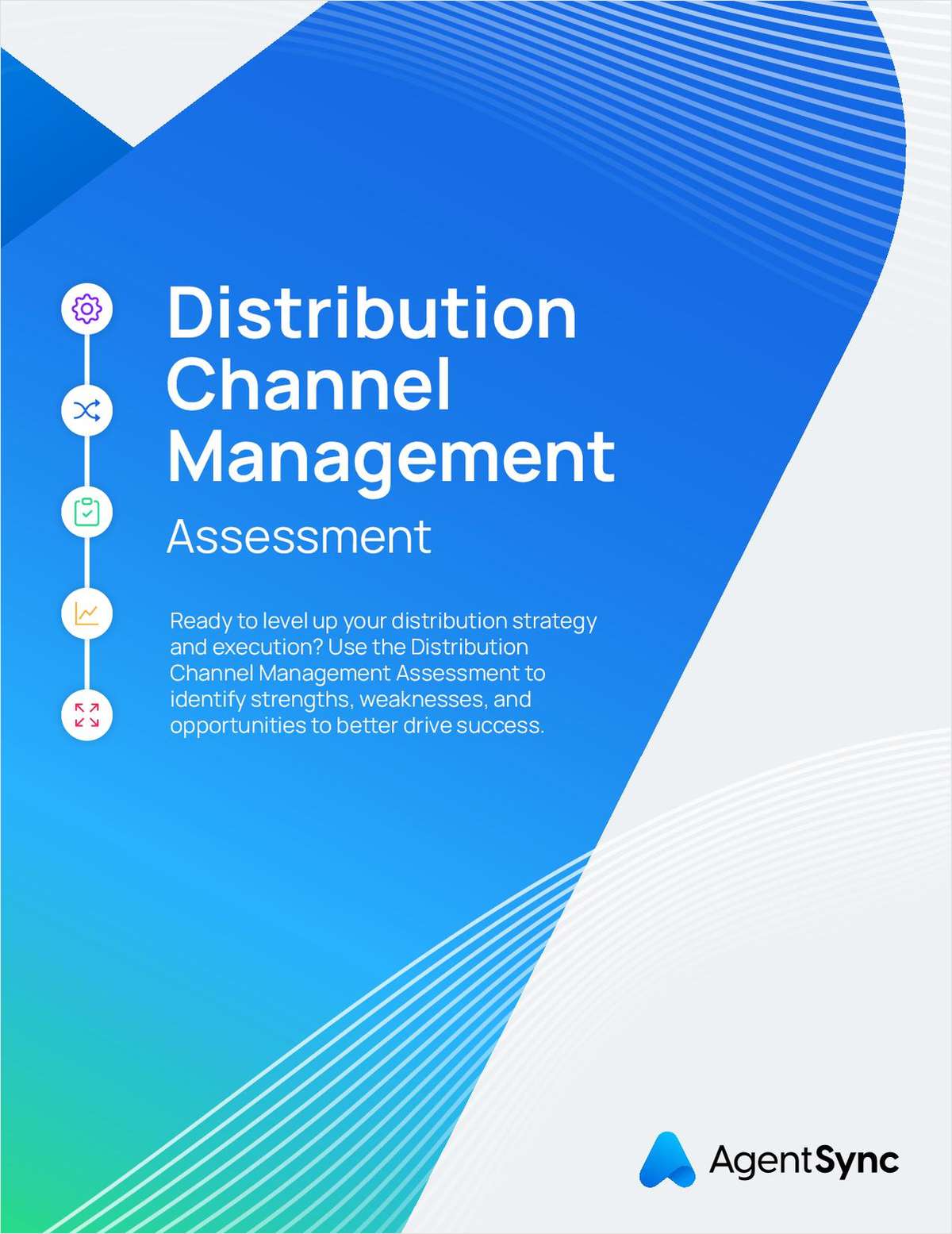Merger and acquisition (M&A) activity hit an all-time high in 2015. Simultaneously, awareness of cyber-related risks and the ability to transfer those risks through cyber insurance also increased.
But while many people think of cyber insurance when confronted with a data breach, it may not be quite so top of mind in the context of a merger or acquisition. It should be, though, because cyber policies typically contain provisions that directly affect coverage in light of such transactions. Enterprises should take a close look at their cyber policy provisions early on in the deal-making process so that coverage for the affected enterprises can be secured.
While Commercial General Liability (CGL) policies often require notice of newly acquired organizations within a specified number of days (e.g., 90 or 180 days) after an acquisition, cyber policies may contain specific requirements that the insured must satisfy to obtain coverage for subsidiaries acquired or created, or for entities involved in mergers or consolidations.
Insureds that are considering mergers or acquisitions should ensure compliance with such policy terms by carefully reviewing their cyber insurance policies early in the transaction process. Relevant provisions might be found in various sections within cyber policies, including in the policy’s conditions, definitions and exclusions.
|Mergers and newly acquired or created subsidiaries
The steps an insured must take to secure coverage for a newly acquired subsidiary vary from policy to policy and may depend on the financials of the subsidiary. For example, under one cyber policy, if the acquired entity has revenue greater than 10 percent of the named insured’s total annual revenue, the named insured must:
- provide written notice before the acquisition;
- obtain the insurer’s written consent; and
- agree to pay any additional premium required by the insurer.
Another insurer requires an insured that merges with, acquires or creates an entity with assets exceeding 10 percent of the total assets of the insured to provide full details of the transaction as soon as practicable. The insurer is then entitled to impose additional terms, conditions and premiums, at its sole discretion.
Under the terms of a different policy, if the named insured acquires or creates another organization in which the named insured has an ownership interest of greater than 50 percent, the organization is covered for insured events that take place after the date of acquisition or creation, but only if the named insured provided notice to the insurer no later than 60 days after the effective date of the acquisition or creation, along with any information the insurer should require.
The insured may be exempted from that process if, among other things, the new subsidiary’s gross revenues are 10 percent or less than those of the named insured.
Continue reading...

Cyber policies may contain provisions that will be triggered in the event of a takeover of the named insured. (Photo: Thinkstock)
Relevant terms are implicated under another cyber policy if the insured acquires or creates an entity that becomes a subsidiary, acquires an entity by merger, or purchases assets or assumes liabilities of an entity without acquiring the entity.
If the total assets of the acquired or created entity, or the combined total amount of the purchased assets or assumed liabilities, are less than 30 percent of the consolidated assets of the insured named insured provides written notice as soon as practicable, but in no event later than 60 days after the effective date of the transaction. The named insured will have to provide any requested information and may be subject to an increased premium.
A different insurer requires the named insured to provide notice of a newly formed or acquired subsidiary within 60 days of the transaction if the named insured has more than 50 percent of the legal or beneficial interest of the entity. If, however, the total assets or total revenues of the new entity exceed 15 percent of the total assets or revenues of the named insured, the named insured must provide the “full particulars” of the new entity, and the insurer must agree in writing to provide coverage. The insurer may then charge an increased premium and amend policy terms.
|Divested entities and changes in ownership
Coverage under a cyber policy also may be impacted by changes affecting entities that initially are covered under the policy. For example, policies may provide that if the named insured’s legal or beneficial interest in a subsidiary becomes less than 50 percent, the entity will no longer qualify as a subsidiary under the policy and will lose coverage.
Cyber policies also may contain provisions that will be triggered in the event of a takeover of the named insured.
Corporate transactions may have important effects on the coverage provided under a cyber insurance policy. Because there are no standard-form cyber policies, the provisions that might be implicated by any such transaction, including important notice requirements, will vary from policy to policy.
Entities should carefully review their coverage at the very outset of the deal-making process to ensure that they fully understand their rights and obligations, and comply with all policy provisions to maximize coverage.
Judy Selby is managing director of BDO Consulting Technology Advisory Services. She can be reached at [email protected].
Want to continue reading?
Become a Free PropertyCasualty360 Digital Reader
Your access to unlimited PropertyCasualty360 content isn’t changing.
Once you are an ALM digital member, you’ll receive:
- Breaking insurance news and analysis, on-site and via our newsletters and custom alerts
- Weekly Insurance Speak podcast featuring exclusive interviews with industry leaders
- Educational webcasts, white papers, and ebooks from industry thought leaders
- Critical converage of the employee benefits and financial advisory markets on our other ALM sites, BenefitsPRO and ThinkAdvisor
Already have an account? Sign In Now
© 2024 ALM Global, LLC, All Rights Reserved. Request academic re-use from www.copyright.com. All other uses, submit a request to [email protected]. For more information visit Asset & Logo Licensing.








